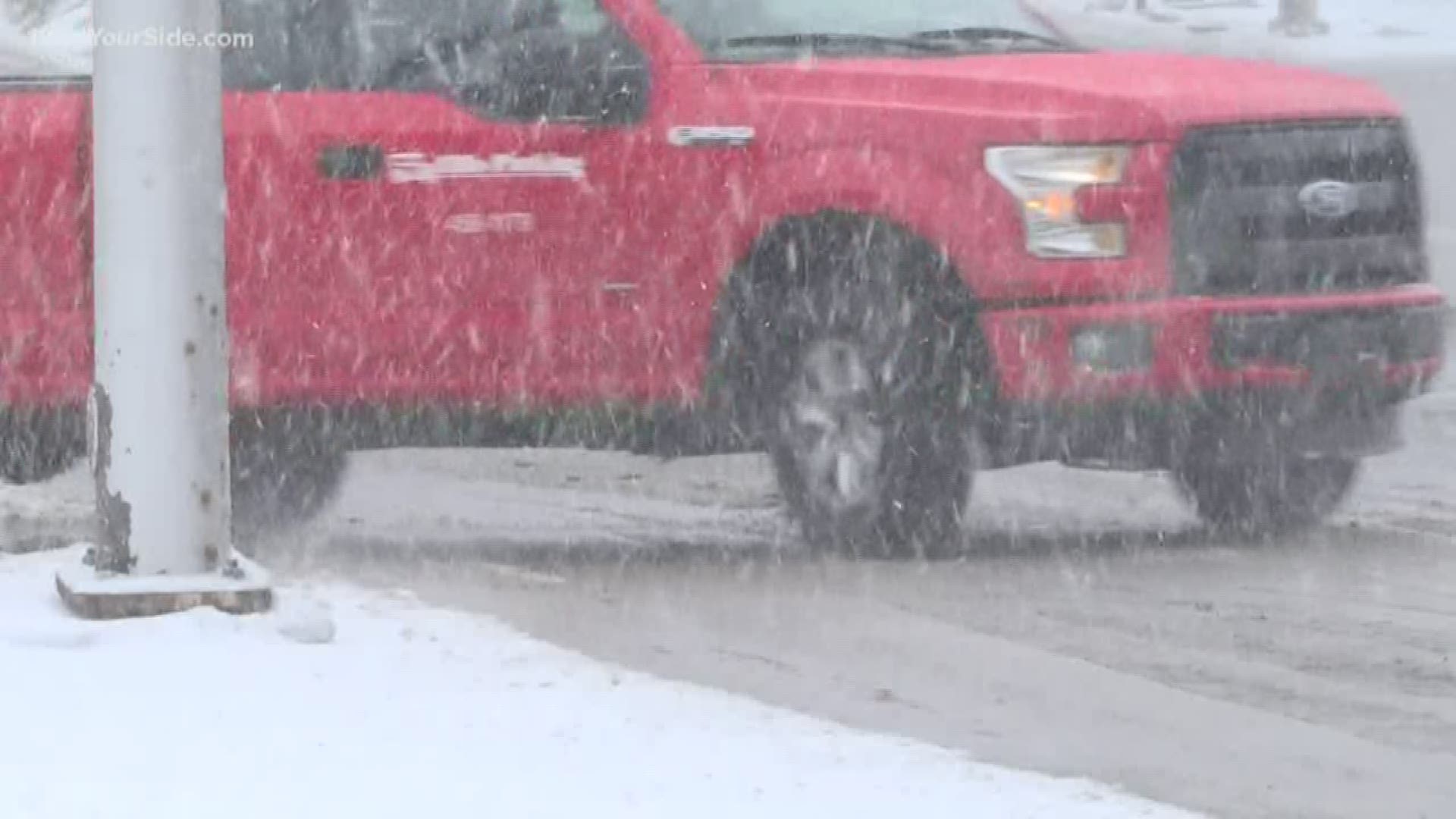GRAND RAPIDS, Mich. -- Driving in the winter is not the same as driving during the rest of the year. But you may be taking some steps that are simply not necessary.
Let's break down some common winter driving myths.
Myth No. 1: The engine needs a few minutes to warm up in the cold.
This is false. According to AAA, it only takes about 30 seconds for a car to get warm enough to drive. This is true in both summer and winter temperatures.
Myth No. 2: Adding weight to a car trunk guarantees better traction.
This is true. According to Jesse Smoes, a manager at Belle Tire in Grand Rapids, it's smart to add weight to the rear of your car in the winter, especially when traveling at high speeds.
Most of the weight is in the front of the car, like the engine and the transmission, so adding weight in the rear of the car will better plant the car -- making it easier for the rear to follow the front of the car.
Myth No. 3: Rear-wheel-drive cars are not suitable for the snow.
This is false. AAA says that as long as the driver behind the wheel of the car can handle both the vehicle and the road conditions, then cars with front-wheel, rear-wheel or all-wheel drive are all safe to drive in the snow.
Myth No. 4: Deflating tires in winter improves vehicle traction.
This is false.
"Tire pressure should always be run at the pressure that the car manufacturer recommends," says Jesse Smoes. "On most cars when you open the driver's side door there is a sticker that tells you the recommended pressure on average. Anywhere between 32 and 35 PSI is where you want them operating."
AAA adds that deflating your tires will do more damage than good.
"If you deflate the tires it's going to change the wear characteristics of the tires," says Gary Bubar, Public Affairs Specialist at AAA. "You want maximum control, so keep them the way the manufacturer designed them."
Myth No. 5: Winter tires are overrated and a waste of money.
This is false. Experts agree that if you live in West Michigan, snow tires are a smart investment and will give you better traction and better control all winter long.
"On snow tires, the rubber compound is so much softer. So when you get into sub-30 degree temperatures, that rubber compound is able to stay flexible versus an all-season tire that would start to harden," says Belle Tire manager, Jesse Smoes. "That's why the traction is so much better with snow tires."
More from 13 ON YOUR SIDE:
RELATED VIDEO:
►Make it easy to keep up to date with more stories like this. Download the 13 ON YOUR SIDE app now.
Have a news tip? Email news@13onyourside.com, visit our Facebook page or Twitter. Subscribe to our YouTube channel.


